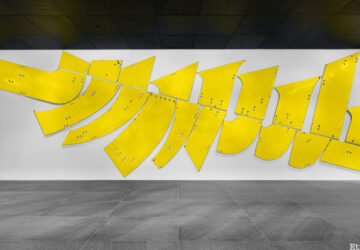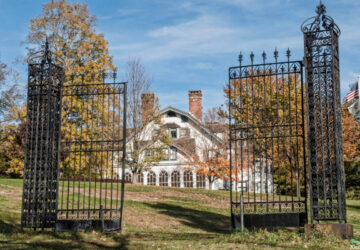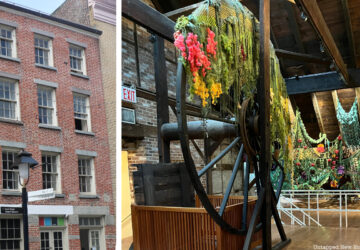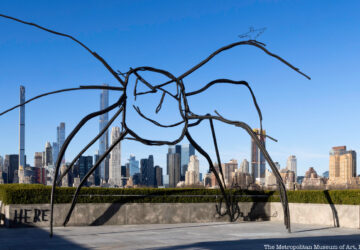9. Murray Hill used to be the city’s Little Armenia
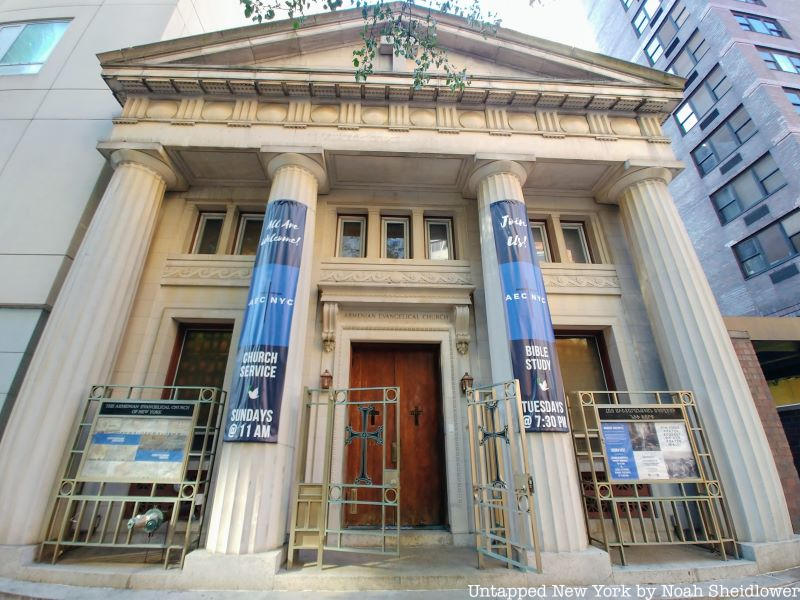
Today, a section of Murray Hill and nearby Rose Hill is called Little India, or “Curry India,” for its large Indian population. This section was previously an Armenian enclave home with a handful of restaurants and shops. In the 1920s, the area was predominantly Armenian, with about 8,000 residents who were centered along Lexington Avenue and 23rd Street. Armenians first settled in New York City in search of business and medical opportunities. Immigration picked up in the 1890s after the Ottoman massacres under Sultan Abdul Hamid II. The Armenian Genocide of the 1910s further contributed to the growth of New York’s Armenian community; from 1899 to 1931, nearly 82,000 Armenians immigrated to the U.S., about 75% of whom passed through Ellis Island. The community was filled with stores including MKahayan Imported Food Store, Anooshian grocery store, and Tashjian’s grocery and music store.
One of the last remnants of Little Armenia in neighboring Kips Bay is Kalustyan’s, which sold Middle Eastern spices and foods before expanding to broader culinary products. It was opened in 1944 by Kerope Kalustyan, who came to the U.S. from Istanbul to export steel to Turkey. He instead opened up a food business, which quickly became popular and soon enough expanded to include Indian products as the community began to change demographically. Saint Gregory the Illuminator Cathedral and St. Vartan Cathedral, both of which have served the Armenian community for decades, still remain today. The Armenian community is now scattered across the five boroughs, though the churches still put on Armenian events for long-time residents.
